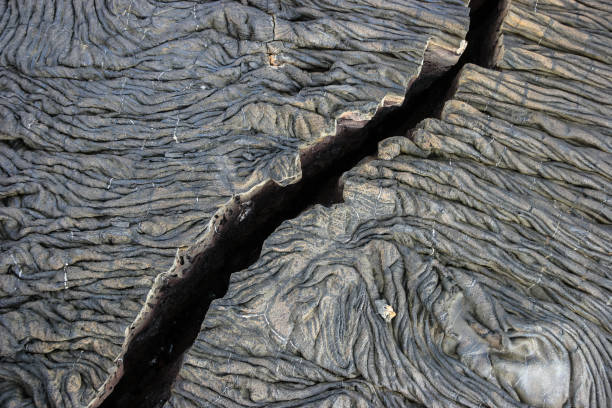Today's post is a follow-up to yesterday's where I talked about heart emojis. According to Katie Couric Media, here are the rules of emoji etiquette.......
Which emojis should not be used?
Camera emojis can represent a request for nude/explicit images or videos. 📷
Peach, eggplant, cherry and banana emojis can all be used to represent body parts in a sexual context. 🍑 🍆 🍒 🍌
💦 The sweat emoji may also be used in a sexual context.
Avoid fruit and vegetable emojis, unless you're trying to flirt. Just about any fruit or vegetable emoji can give off a sexual connotation, outside the obvious ones.
🍇 In some online communities, the grapes emoji is used as drug slang for cough syrup. This is often a coded way to discuss substances without explicitly stating them. On platforms like TikTok, the grapes emoji can also be used to reference a word that sounds like "grapes" and is related to a form of assault.
💎 The diamond gem stone generally conveys wealth or marriage engagements. However, some online communities, 'specially those related to drug culture, may also use the emoji to represent crystal meth.
🥜 The peanut has a few potential meanings, but it has a significant sexual reference. I'll let it go at that.
🍬 The candy emoji can mean Molly, Methylenedioxy-methamphetamine.
What is the language of the emoji?
The original emoji 絵文字, which means 'picture character' in Japanese, was created by Shigetaka Kurita in 1999. It wasn't until 2010 when Apple and Google adopted it and the emoji entered the global mainstream. Today, there are 2,823 emoji that convey information across language, culture, lifestyle and diversity. It is a secret language.
What looks to you and me as a cute, harmless symbol, could mean something entirely different to the kids of today. Sadly, they have become experts at using their own language to KPC (keep parents clueless). All it takes is a single emoji to convey a threat, send a sexual advance, bully others, make racist comments or even complete a drug deal.
Parents must be involved with what their kids are doing and familiarize themselves as best they can with this new way of communicating.
It wasn't long ago when a teenager who wanted to buy illegal drugs had to venture into a questionable neighborhood, find the right street corner, identify the dealer and exchange cash to get their goods. Today, 75% of drug deals happen through social media, frequently using cute, seemingly innocent-looking emojis.
In this time of shareable snapshots, quickly-deleted posts and lightning quick texting, teens can end up in compromising situations. Technology has made it easier for predators to talk to and solicit minors, often while PIR (Parent in Room) or PAL (Parents are Listening).
Bullies go to all extremes to torment their victim while keeping their actions a secret from others. Emoji allow bullies to hide their harmful messages. While the victim understands the meaning, if caught, the bully will hide behind the original meaning of the emoji to protect themselves.
- With regard to bullying, these are emoji used to bully kids......
Another troubling use of emoji is when they are used to communicate about criminal and physical threats. Bombs, guns and knives are pretty straightforward. But what about these other symbols that are used to threaten others? Did you know that emoji are now permitted to be used as evidence in court? It's important to make sure your kids know the risk in using them.
Bottom line: Whether we choose to acknowledge it or not, it's a pretty scary world, and the kids are able to live in two worlds at the same time. One at home. The other online. Two separate cultures. One is safe, hopefully. The other is not.









































